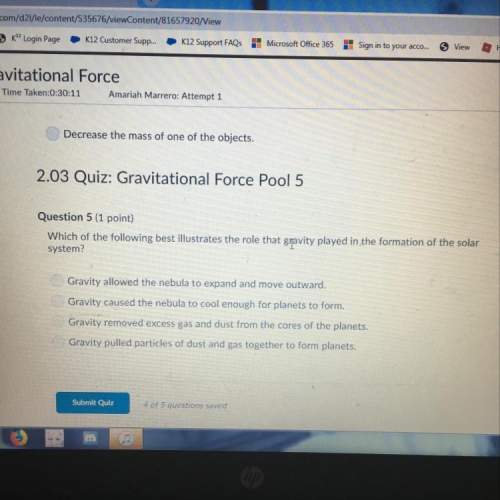
Chemistry, 28.11.2019 02:31 aislynrae22
During a spectrophotometric analysis of an unknown, you measure your solution's absorbance, and the value is higher than the highest standard you used to make your standard curve. what should you do to make sure you can use your standard curve to determine the unknown's concertration?
a) dilute the unknown so that it will have an absorbance within the standard curve. once the diluted unknown concentration is determined, the full strength concentration can be calculated if the dilution process is recorded. beer's law only applies to dilute solutions, so diluting the unknown is better than making new standards. b) a new set of standard solutions should be made to accommodate the unknown solution concentration. beer's law is linear even at high concentrations, but a new concentration curve should be made to illustrate this point. even though it is more work, making new standard solutions is a better method of obtaining correct results. c) there is no need to do anything to the unknown solution. beer's law describes the relationship between absorbance and concentration. this relationship is linear even at high concentrations, so the standard curve equation will apply for any concentration of that specific solution. d) pour a specified amount of the unknown solution into each of the standard curve solutions. this process will increase the absorbance of the solutions, to the point that the unknown solution's absorbance will fit within the standard curve appropriately.

Answers: 1


Another question on Chemistry

Chemistry, 22.06.2019 06:30
Predict whether the changes in enthalpy, entropy, and free energy will be positive or negative for the boiling of water, and explain your predictions. how does temperature affect the spontaneity of this process?
Answers: 1

Chemistry, 22.06.2019 12:30
Nebulae are enormous clouds in outer space. they are made mostly of hydrogen gas, helium gas, and dust. some nebulae glow brightly, while others do not. the stars that people see are huge, bright balls of glowing gas. they are made mostly of hydrogen and helium. which statement correctly describes other ways in which nebulae and stars are different? a. stars can form inside a nebula but a nebula can never be produced by any star. b. a star always has a higher density than a nebula. c. stars can never form inside a nebula but a nebula can be produced by any star. d. a nebula always has a higher density than a star.
Answers: 3


Chemistry, 23.06.2019 02:00
Which of these is a density dependent factor? a. epidemic b. earthquake c. drought d. hurricane
Answers: 2
You know the right answer?
During a spectrophotometric analysis of an unknown, you measure your solution's absorbance, and the...
Questions



Mathematics, 11.11.2019 13:31

Mathematics, 11.11.2019 13:31







Biology, 11.11.2019 13:31

Chemistry, 11.11.2019 13:31

Social Studies, 11.11.2019 13:31


Mathematics, 11.11.2019 13:31


Mathematics, 11.11.2019 13:31


Chemistry, 11.11.2019 13:31





